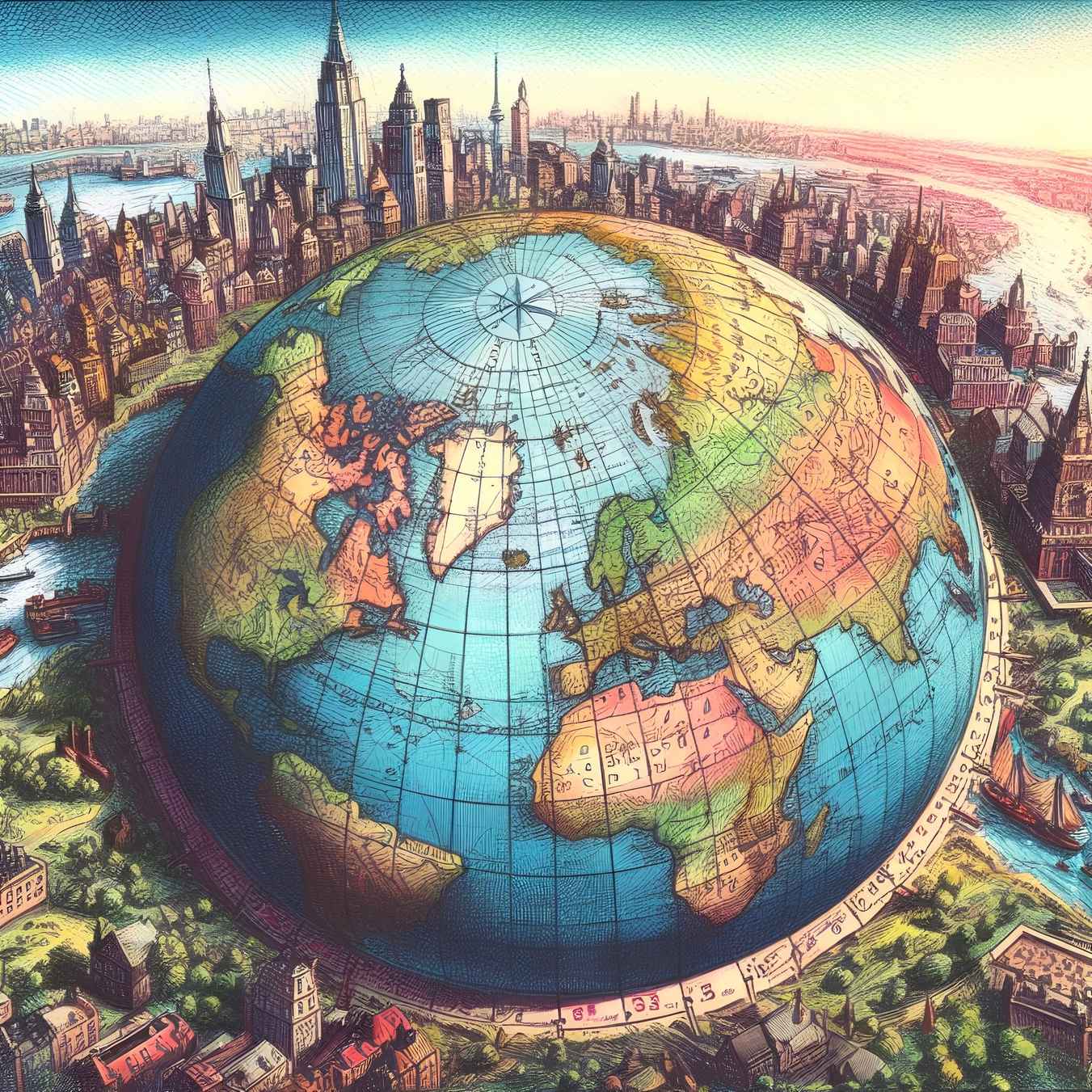Why All the World Maps Are Wrong
Maps are often considered "wrong" due to the challenge of representing the three-dimensional Earth's surface on a two-dimensional plane. This leads to various types of distortion.

Maps are often considered "wrong" due to the challenge of representing the three-dimensional Earth's surface on a two-dimensional plane. This leads to various types of distortion.

